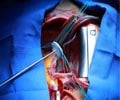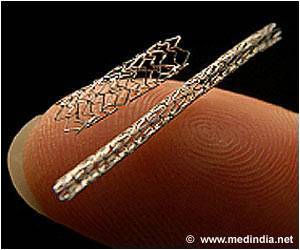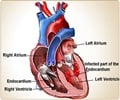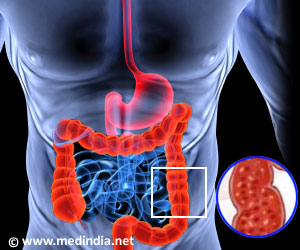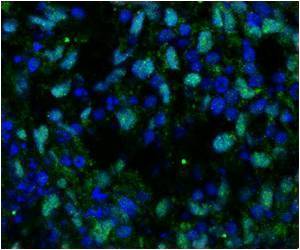A single antiplatelet drug may work as well as giving two drugs, with significantly lower risks of life-threatening bleeding and other complications.
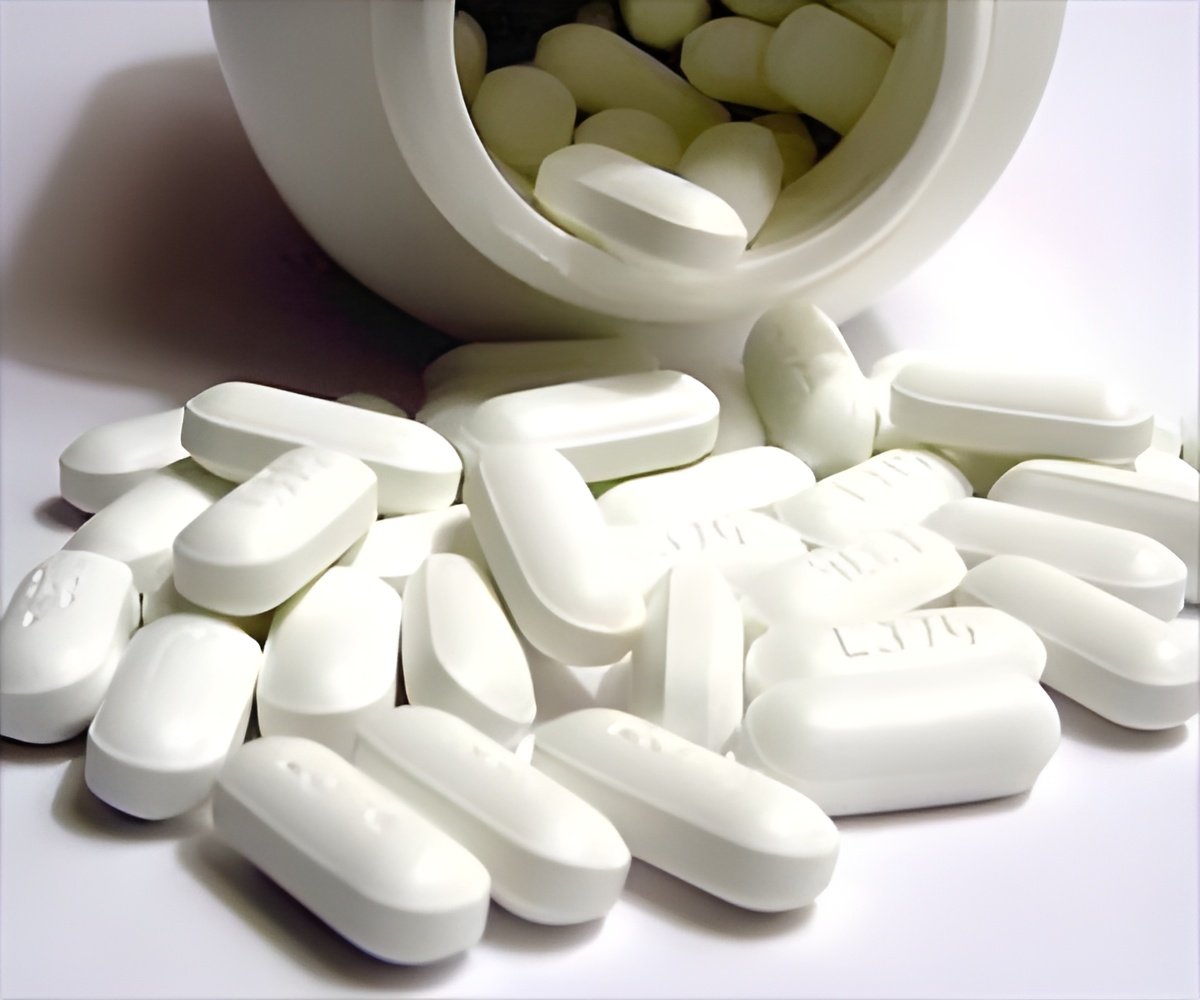
‘Narrowing of the aortic valve, known as aortic stenosis, can cause fatigue, chest pain and other symptoms and lead to heart failure and death. ’





The aortic valve regulates blood flow from the left ventricle (the heart's main pumping chamber) to the aorta (the body's largest artery). Replacing a diseased aortic valve traditionally required open heart surgery. Since 2011, a minimally invasive technique to implant an artificial valve with a catheter has been commercially available in the United States. The technique is called transcatheter aortic valve replacement (TAVR). The catheter typically is inserted into an artery in the groin and guided up to the heart, where the valve is deployed. To reduce the risk of clots that may form on the new valve, cardiologists prescribe antiplatelet drugs. Such medications stop blood cells called platelets from sticking together and forming clots, which can cause heart attacks and strokes. Among the most commonly used antiplatelets are aspirin and clopidogrel (Plavix).
Current guidelines recommend TAVR patients receive two antiplatelets, known as dual-antiplatelet therapy. However, treatments vary. Some cardiologists prescribe just one antiplatelet, known as mono-antiplatelet therapy. Mono-antiplatelet therapy usually is prescribed in certain patients if there's an increased concern of bleeding from using two drugs.
In the new study, Dr. Mathew and colleagues pooled results of eight previous studies that compared mono-antiplatelet therapy to dual-antiplatelet therapy. The studies included 2,439 patients. In four studies, patients received the Sapien aortic valve. In two studies, they received the CoreValve device. In two studies, both valves were used.
At 30 days, patients who received two antiplatelet agents were 2.06 times more likely to die, 2.04 times more likely to have major or life-threatening bleeding and 2.15 times more likely to have major vascular complications. But there were no statistically significant differences between the single-drug and dual-drug groups in stroke, heart attack or transient ischemic attack (mini stroke).
Advertisement
The study did not include TAVR patients who required anticoagulants such as warfarin (Coumadin) or newer direct oral anticoagulants (DOACS) for other indications that increase the risk of blood clots, such as atrial fibrillation. In such cases, adding antiplatelet drugs increases the risk of bleeding.
Advertisement
Source-Eurekalert

